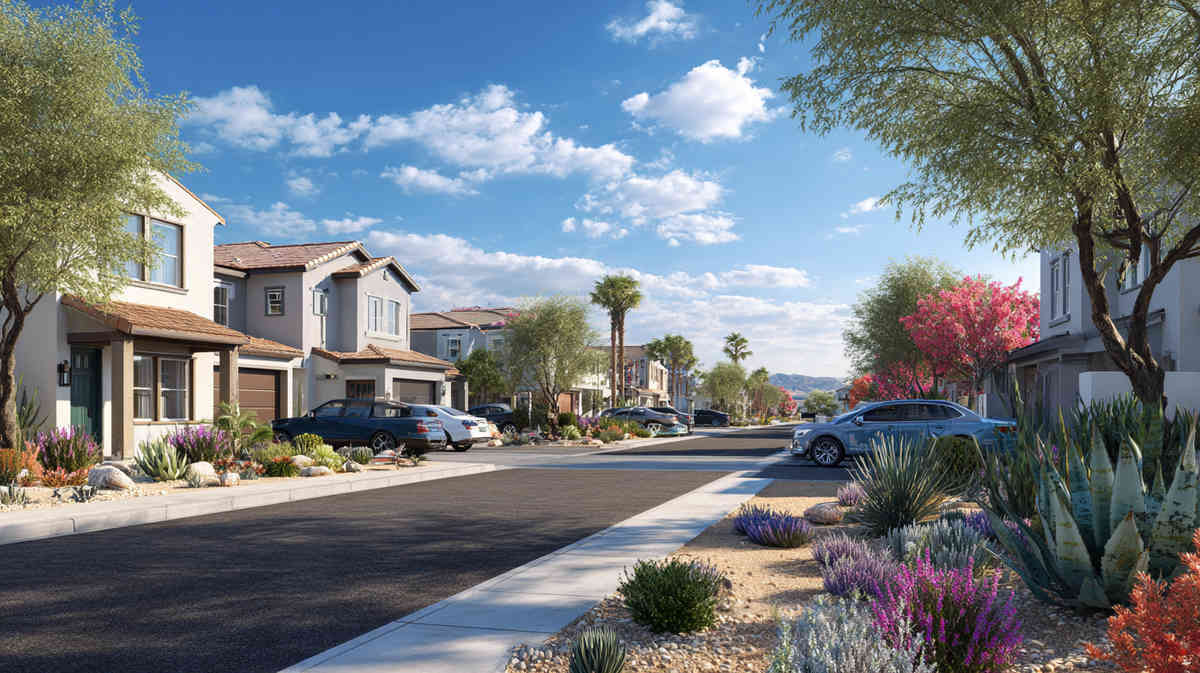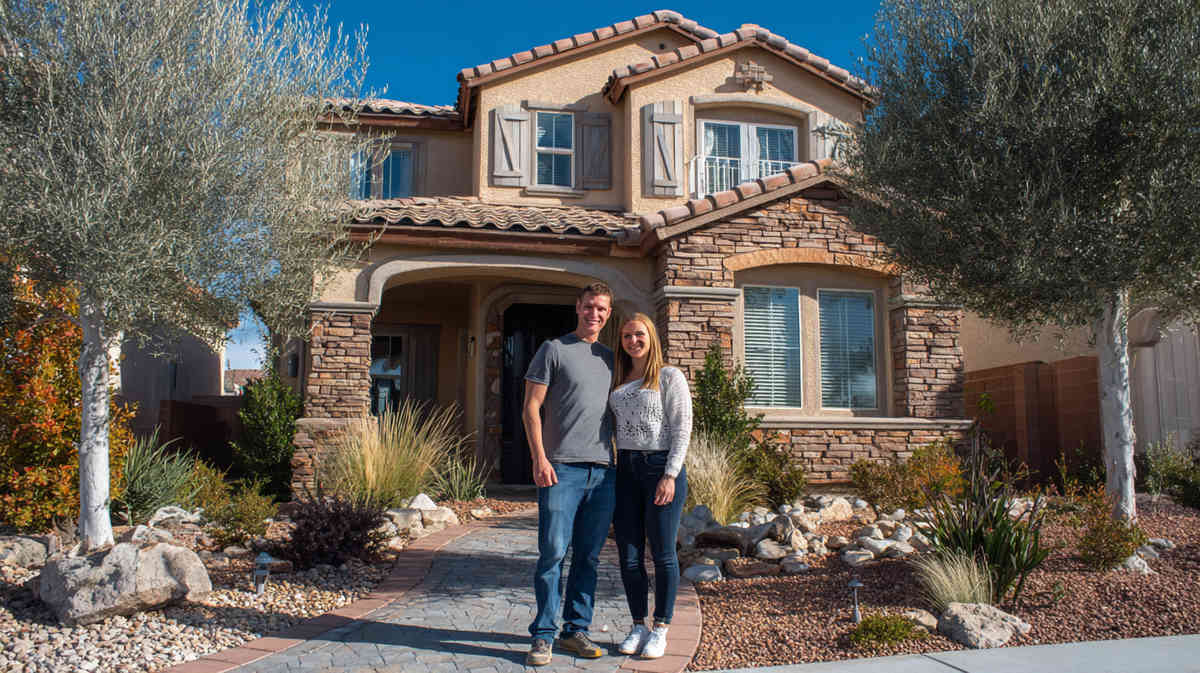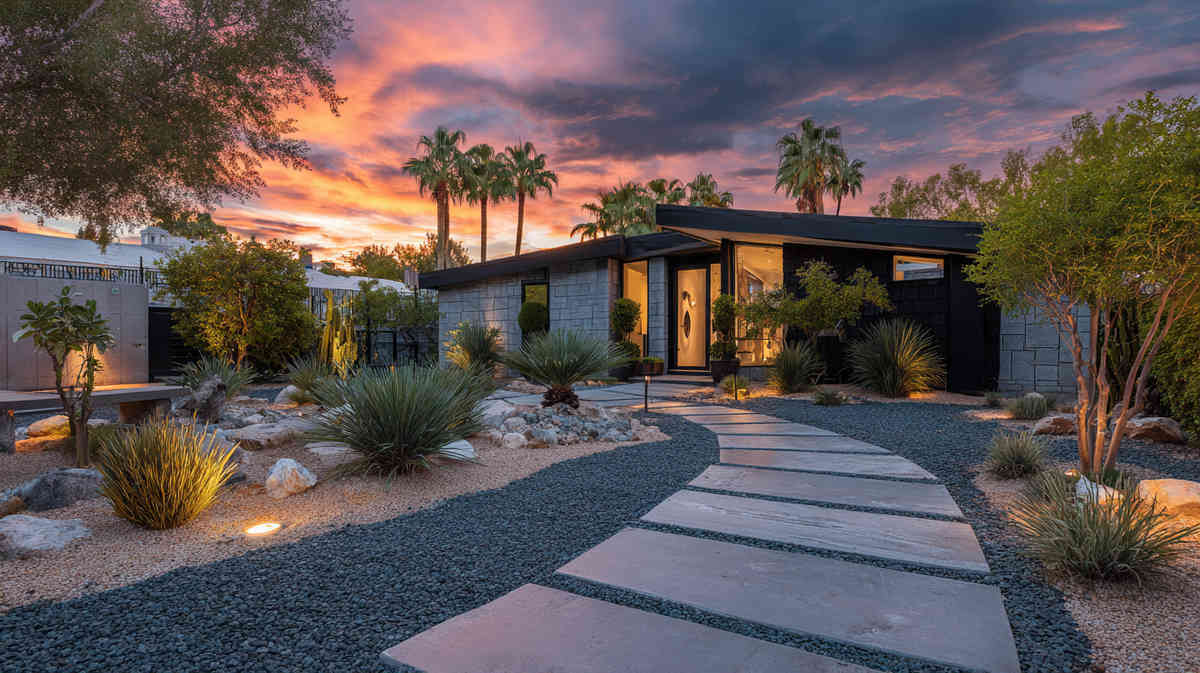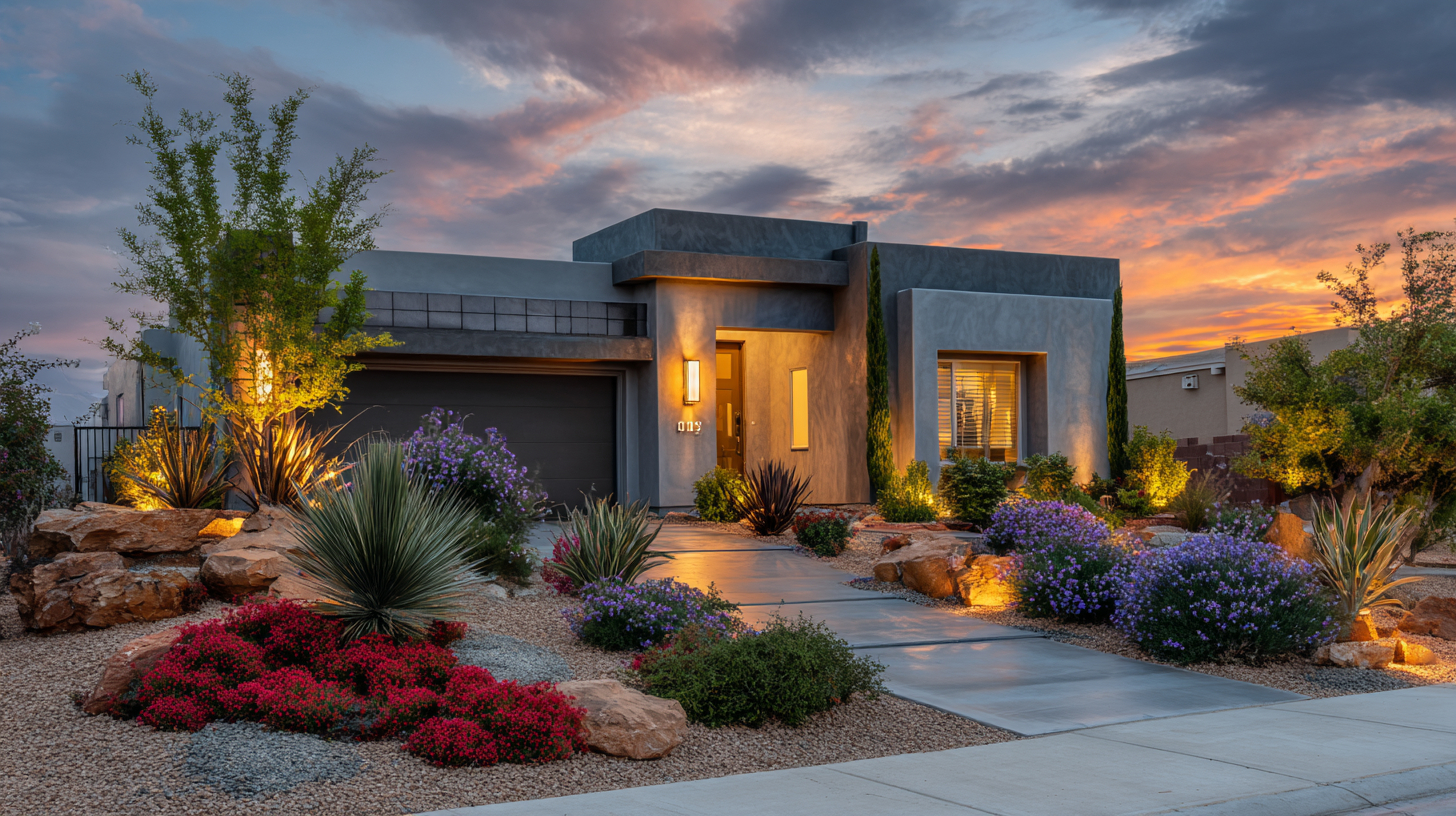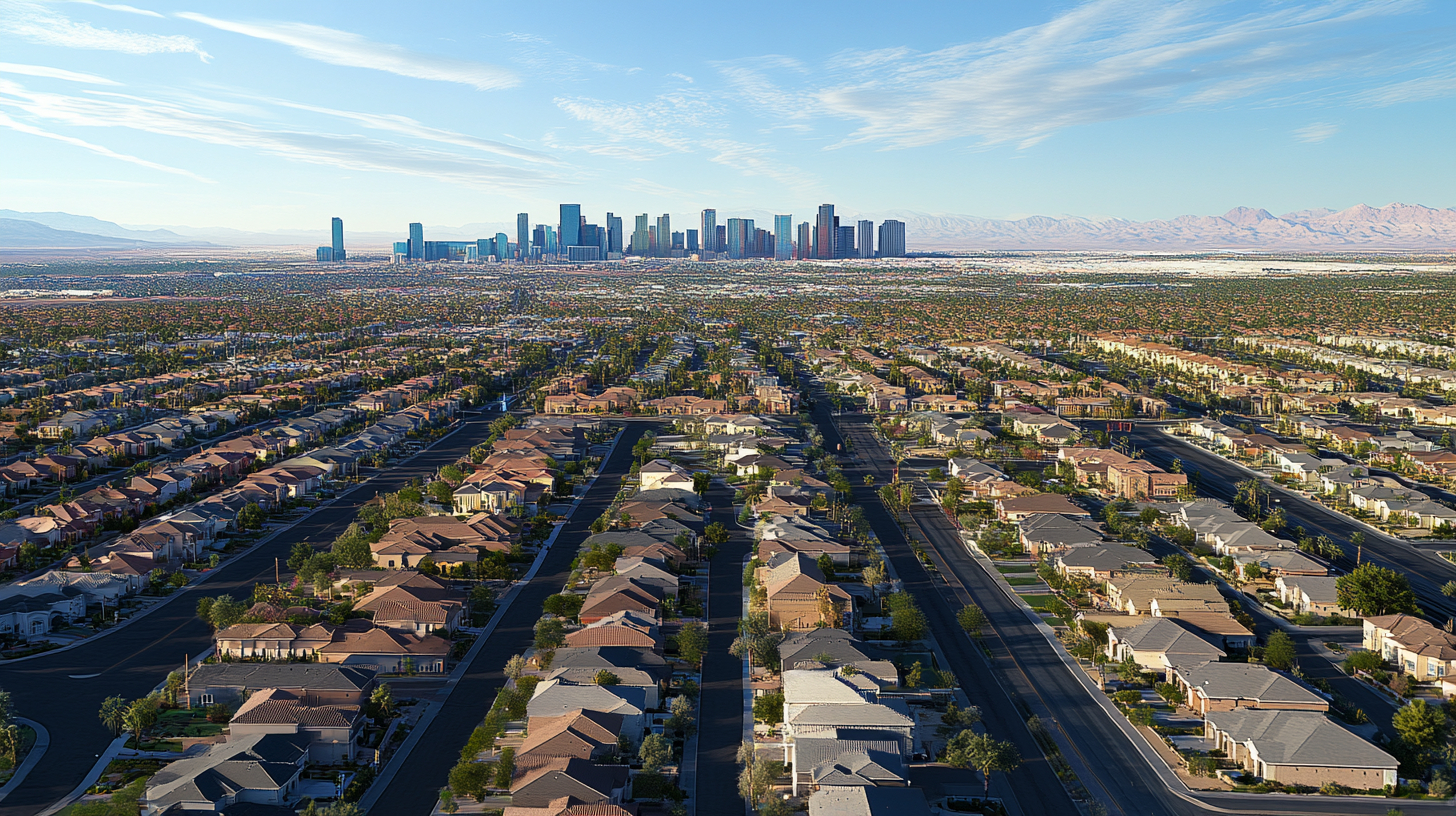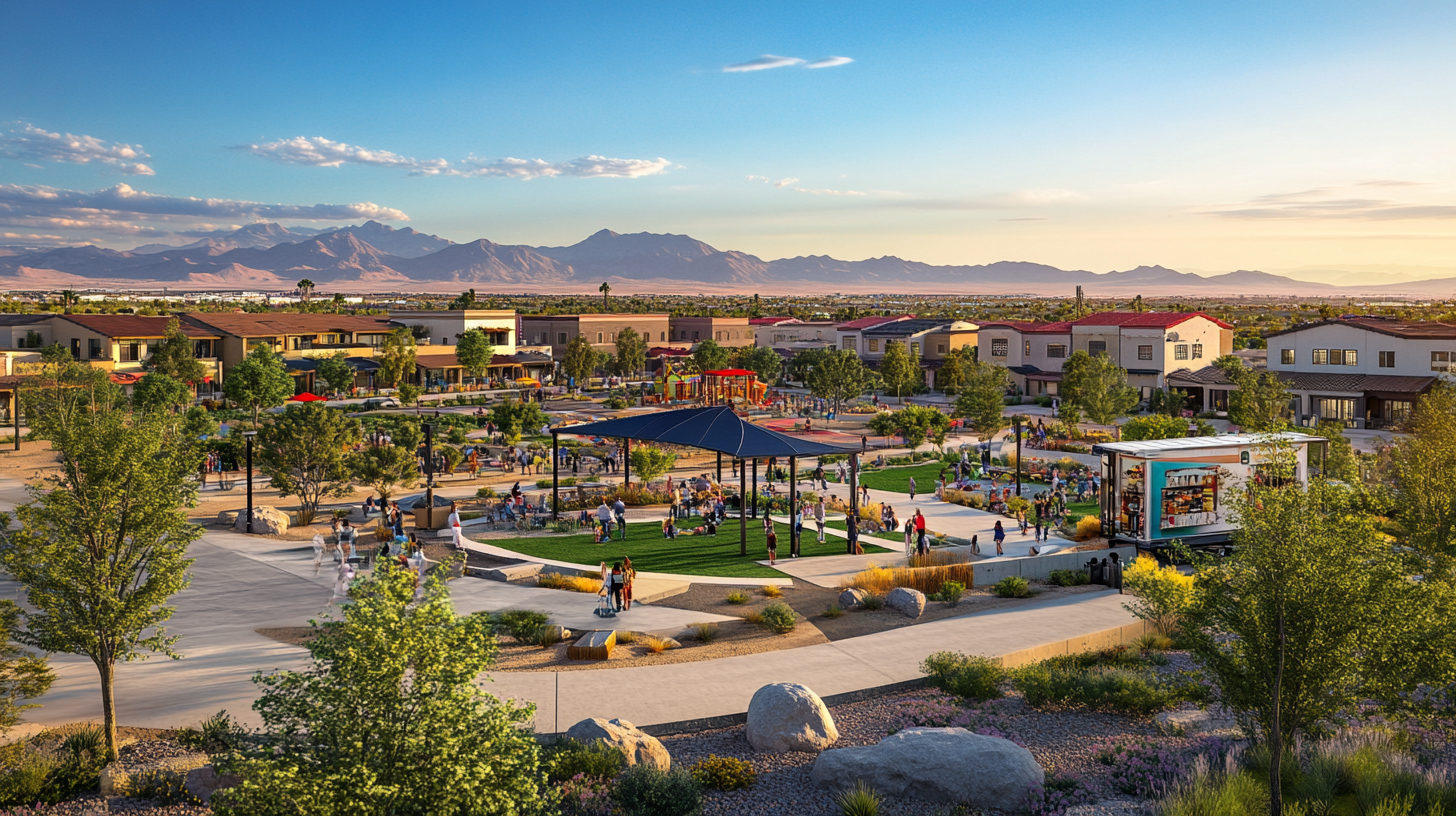How Long Should You Own a Home Before Selling Las Vegas
Bought a house in Las Vegas and already eyeing the exit ramp? You are not alone. With property values in the valley shifting faster than a roulette wheel, it is normal to wonder how long you should stay put before cashing in. Below is a candid, numbers-backed, and slightly opinionated roadmap that helps you decide whether it is time to list or to keep hanging onto those keys.
Five Years Isn’t a Myth
A lot of professionals toss around the “five-year rule” like gospel. The idea is simple: keep the property at least five to seven years, then sell. That window covers two big realities in Vegas.
Up-front costs
- Closing fees, loan origination, inspections, title insurance.
- They stack up. You want enough appreciation to wash them away.
Market cycles
- Las Vegas moves in clear boom-and-cool-off waves.
- A full local cycle averages five to six years. Riding one complete wave tends to deliver more equity than selling mid-crest.
Historic data backs this up. The Greater Las Vegas Association of REALTORS® shows median resale prices rising 11 percent a year from 2012 to 2018, then flattening in 2019, sliding in 2020, roaring back in 2021. Anybody who bought in 2014 and sold in 2021 made out like a high-roller. Somebody who bought in late 2018 and sold during the brief 2020 dip, not so much.
Staying at least five years also dodges a pricey surprise: short-term capital-gains tax. Live in the home two of the last five years and you can usually exclude up to $250,000 in gains if you file solo, $500,000 if you are married and filing jointly. Bail out after month eighteen and the IRS will want its cut. That changes the math more than most people expect.
Could three years be enough? Sometimes. A fixer that you renovated top to bottom, an area undergoing a massive zoning upgrade, or a windfall job transfer that spikes your salary. Yet in a normal setting, three-year owners often break even once commissions and escrow fees show up.
Local Motion: Reading the Las Vegas Waves
Vegas is not Chicago, Phoenix, or Miami. Our economy leans heavily on conventions, tourism, entertainment, and service jobs. Those sectors roar when the Strip is packed and dim a bit when travel slows. That unique rhythm drives housing momentum.
Recent snapshots
- 2021: Pent-up demand after lockdown, sub-3 percent mortgage rates, median price vaulted past $420,000, inventory under one month.
- Mid-2022: Rates jumped, buyers pumped the brakes, active listings tripled by summer, price growth cooled.
- Early 2024: Rates settled near 6.75 percent, builders offered rate buydowns, resale inventory sat near 2.1 months, prices nudged up just 1-2 percent.
That bit of whiplash explains why timing here matters more than in slower metro areas. Something else to watch: seasonality. Spring brings relocation hires. Early fall brings folks deciding before the new school year. December? Shoppers vanish to focus on holidays, then rush back mid-January. Not as dramatic as ski towns, yet worth noting.
Big events move the needle too. Formula 1 poured billions into infrastructure and hospitality jobs. The A’s ballpark at the Tropicana site promises a similar jolt. New projects funnel workers and investors into nearby neighborhoods like Paradise, Spring Valley, and parts of Henderson. Absorb that growth for a couple of years and you may capture extra appreciation.
Put the pieces together and you get a practical plan:
- Buy during a plateau or slight decline.
- Hold through at least one strong upswing.
- Sell before inventories surge again.
Simple in theory, trickier in real life, which is why the five-to-seven-year sweet spot remains popular.
Crunching the Numbers (for Real)
Curious what selling too soon costs? Let us run sample math on a $450,000 purchase in North Las Vegas, 5 percent down, 6.5 percent interest.
Up-front when you bought
- Down payment: $22,500
- Buyer closing costs: $9,500
- Total cash out: $32,000
Now imagine you sell 24 months later for $475,000. Sounds like a win, right? Here is the outgoing debit column.
- Agent commissions (5 percent): $23,750
- Seller closing costs: $6,000
- Remaining mortgage payoff (approx.): $411,000
- Minor repairs + staging + moving: $4,000
- Proceeds before tax: $30,250
Compare proceeds to the $32,000 you sank at closing. You are barely break-even, and we have not factored in two years of interest, HOA dues, mortgage insurance, or yard service.
Stay five years, refinance once, and sell during a healthy uptick at, say, $550,000. Your line items look friendlier.
Break-even point
Most Vegas sellers today need 3-4 percent annual appreciation for three years straight to offset selling expenses. That number climbs if you used a down-payment-assistance program with repayment clauses.
When selling early makes sense
- An unexpected job across the country that covers the loss in salary growth.
- A steep interest-rate reset on an adjustable loan that you cannot refinance out of.
- A personal cash crunch where equity unlocks cheaper debt than credit cards.
- A red-hot micro-market shift, like homes near the pending UNLV tech park or the resort corridor, that spikes values 15 percent in twelve months.
Run the net sheet. Do not guess. Local title companies create them in about ten minutes and most real estate pros will generate one for free.
Your Life, Your Timeline
Numbers matter, but they are not the only reason people move. In Vegas, life unfolds quickly. Casinos open, start-ups relocate, grown kids come back to town, aging parents need help. All those story lines can veto spreadsheet logic.
Questions to ask yourself
- Does your current mortgage payment still feel comfortable after rate changes, insurance hikes, and utilities?
- Are you remote-working now and craving a dedicated home office, maybe a bigger lot in Centennial Hills?
- Has your commute doubled because your company shifted from Summerlin to the southwest beltway?
- Are you itching to pull equity to launch that food-truck dream and an outright sale feels cleaner than a HELOC?
- Have you reached the two-in-five-year tax milestone yet?
A quick step many homeowners skip: talk to a lender even if you are not buying again right away. Lenders will outline what you qualify for with current rates and payment ratios. That clarity can nudge you toward staying longer or selling sooner.
Stories from the valley
- A married couple in Green Valley planned to stick around seven years. Then one partner landed a remote role. Suddenly Tahoe became viable. They called an agent after year four. Their profit shrank due to commissions, but flexible work was worth it.
- A solo investor in Spring Valley faced HOA assessments for pool upgrades. Instead of paying the assessment, he sold at year three, used the modest equity to buy a duplex in Laughlin with no HOA. Strategic pivot.
- A retiree in Sun City saw property tax caps protect her monthly outflow. She chose to stay stubbornly planted past ten years, leveraging slow but steady gains, illustrating that sometimes the math says sell while lifestyle says stay.
2025 and Beyond: Reading the Next Hand
Peeking ahead is risky, yet ignoring data is riskier. Here is what insiders mention for 2025.
Mortgage rates
The consensus sits near 5.5-6 percent, with Federal Reserve cuts possible if inflation cools. Lower rates push new buyers into the arena and invite current owners to refinance rather than sell. Translation: supply stays snug unless something larger shakes employment.
Job growth
The Fontainebleau hiring spree and MSG Sphere ripple effects still recruit hospitality pros. Throw in the A’s ballpark and a rumored NBA expansion team and you get a fresh pool of renters morphing into buyers within two or three years.
Construction pipeline
Builder permits declined in 2023, then crawled back in 2024. Fewer completions in 2025 keep resale competition moderate. That constraint often buoys prices for existing homes, especially renovated ones in classic neighborhoods like Rancho, The Lakes, and older Henderson pockets.
Investor pullback
Higher financing costs pushed big institutional buyers to the sidelines. If rates hold higher for longer, they may stay quiet, freeing inventory for traditional buyers. Should rates slide fast, expect investor activity to bounce, adding pressure.
What to do with this intel
- Monitor months of supply monthly, not yearly. Anything below three months in Vegas still signals a seller-leaning climate.
- Watch the unemployment print. The metro area living under 5 percent jobless tends to fuel price stability.
- Ask your agent for the list-to-sale-price ratio trend each quarter. When that ratio drops under 97 percent citywide, buyers are gaining leverage.
Selling in 2025 might fetch a solid number if rates fall and inventory stays pinned. Waiting into 2026 could be smarter if construction remains sluggish and wages climb. Nobody holds a crystal ball, yet reading the tells keeps you a step ahead.
Thinking About Listing? Your Move
So, how long should you own a home before selling Las Vegas? The honest answer lives at the intersection of money, lifestyle, and market rhythm. Five years remains the sturdy rule of thumb. It cushions entry costs, captures at least one local upswing, and opens the tax-exclusion door.
Yet hard rules bow to real life. If equity solves a pressing need, or if career momentum drags you across state lines, selling at year three or four can still play out fine. The key is running real numbers, not emotional ones.
Action items
- Pull a payoff statement and a net sheet. Compare them.
- Track monthly market metrics: inventory, rate moves, job reports.
- Review your life goals for the next two years. Travel more? Start a family? Downsize?
- Chat with a lender even if a new purchase sits eighteen months away.
- Finally, call a local real estate pro you trust, share everything, ask for brutally honest advice.
Do that, and you will know whether to plant deeper roots or to hand over the keys while Vegas heat still pumps equity into your pocket. Either way, you will move forward with eyes wide open instead of rolling dice in the dark.



